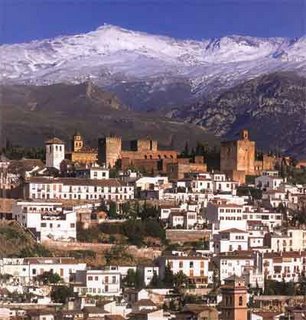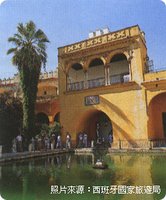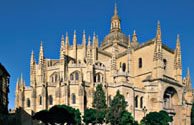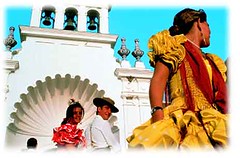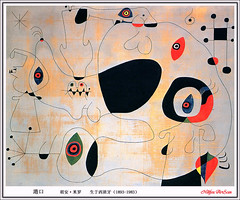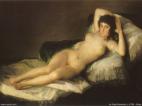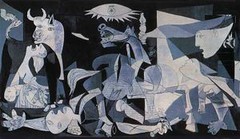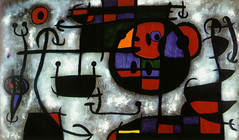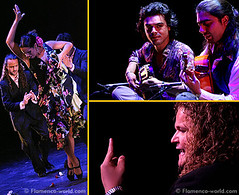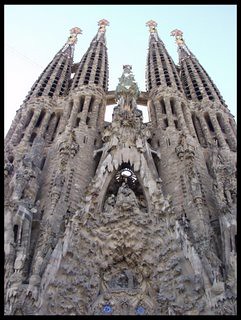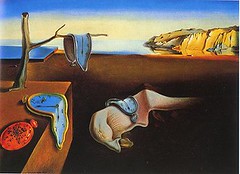普拉多美術館 Museo del Prado
 Picasso's painting Guernica arrived in Spain from the Museum of Modern Art in New York
Picasso's painting Guernica arrived in Spain from the Museum of Modern Art in New York  in 1981, to which it had been temporarily entrusted by the artist himself. The return of the painting fulfilled Picasso's wish that this monumental canvas - created as a commission from the Government of the Republic for the Spanish Pavilion in the Paris Universal Exhibition of 1937 at the height of the Civil War – would eventually come home to Spain once democratic rights had been restored in that country. The return of the painting marked a before and after in the Spanish political transition in a unique way. 25 years later, the Museo del Prado, which initially received and housed the painting, and the Museo Nacional Centro de Arte Reina Sofía, which now houses it, are joining forces to celebrate this unique anniversary.
in 1981, to which it had been temporarily entrusted by the artist himself. The return of the painting fulfilled Picasso's wish that this monumental canvas - created as a commission from the Government of the Republic for the Spanish Pavilion in the Paris Universal Exhibition of 1937 at the height of the Civil War – would eventually come home to Spain once democratic rights had been restored in that country. The return of the painting marked a before and after in the Spanish political transition in a unique way. 25 years later, the Museo del Prado, which initially received and housed the painting, and the Museo Nacional Centro de Arte Reina Sofía, which now houses it, are joining forces to celebrate this unique anniversary.
The exhibition
Picasso. Tradition and Avant-garde, sponsored by Fundación Winterthur and co-produced by the Sociedad Estatal de Conmemoraciones Culturales (SECC), will be a major retrospective of the work of the most important Spanish artist of the 20th century. It comprises a survey of more than 100 masterpieces created over the course Picasso’s long and active career, which will be shown divided between the principal galleries of Spain’s two leading, national museums. Every stage of Picasso’s career will be represented, allowing for an overview of the most important phases within his oeuvre; from the Blue and Pink periods, to Cubism, the return to order in the 1920s, his relations with the Surrealist movement, the difficult years between the Spanish Civil War and World War II, up to the fertile last decades. The exhibition is a complete retrospective, which, due to the importance of the works included, can be considered of equal importance to other such exhibitions on the artist organised over the past few decades.
Entrance to the exhibition
Only through the Upper Goya Entrance Disabled visitors can enter the exhibition through the Lower Goya Entrance.
Exhibition opening hours Tuesdays to Sundays and public holidays: 9am to 8pm.Ticket offices will remain open up to one hour before closing time. Visitors are requested to start vacating the galleries 10 minutes before closing.Closed: Mondays
TicketsNormal tickets, available for visitors who want to buy their tickets on their arrival at the Museum, from Tuesday to Saturday from 9am to 7pm. Price: 6 € (Reductions and exemptions under current regulations). Free admission: Sundays. A combined ticket is available to 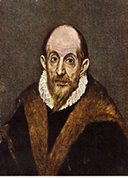 visit both Museo del Prado and Museo Nacional Centro de Arte Reina Sofía exhibitions. Price: 10 €
visit both Museo del Prado and Museo Nacional Centro de Arte Reina Sofía exhibitions. Price: 10 €
普拉多美術館是西班牙值得引以自豪的美術館,館內所藏均為有名的傑作,被譽為世界少數著名美術館之一。收藏作品以哈布斯及波爾夢兩王朝所收藏者為其主體,此外不斷增購或接受各方人士之捐獻,件數逐漸增加,目前已擁有 3,000 件以上珍貴作品。其中以西班牙派作品哥雅 (Goya) 之作品最多,油畫 114 件,素描 470 件,當中尤以「裸體的瑪亞」、「穿衣的瑪亞」以及「加爾羅斯四世的家族」最出名。 卡洛斯三世曾經設想將普拉多建成世上最重要的自然科學博物館。他命令建築師胡安.德.韋加努埃瓦造一座雄 偉的建築用於珍藏和展出科學成果。於是韋加努埃瓦就設計和建造了包括麗池公園內的天文觀測館、植物園和現在的普拉多博物館並于 1785 年通過卡洛斯三世的認可。 普拉多博物館是韋加努埃瓦最重要的一個作品,也是最引人注目的西班牙新古典主義風格的代表。這是一座長型的建築,主體由三部分構成。北部的圓亭是由愛奧尼亞風格的美麗柱子撐起的拱形建築,南部和植物園相連,中部的建築風格使人聯想到羅馬教堂。法國入侵西班牙時,普拉多曾被當作拿破崙軍隊的馬棚。獨立戰爭結束后,費爾南多七世將其改為皇家繪畫博物館,這也是普拉多博物館的第一個官方名稱。在朝向普拉多大道這一側,也就是人們熟知的委拉斯凱茲門,正面是陶力克式的雅典人浮雕,此外還有為歌頌費爾南多七世為保護科學、科技和藝術所做出貢獻而鑄
偉的建築用於珍藏和展出科學成果。於是韋加努埃瓦就設計和建造了包括麗池公園內的天文觀測館、植物園和現在的普拉多博物館並于 1785 年通過卡洛斯三世的認可。 普拉多博物館是韋加努埃瓦最重要的一個作品,也是最引人注目的西班牙新古典主義風格的代表。這是一座長型的建築,主體由三部分構成。北部的圓亭是由愛奧尼亞風格的美麗柱子撐起的拱形建築,南部和植物園相連,中部的建築風格使人聯想到羅馬教堂。法國入侵西班牙時,普拉多曾被當作拿破崙軍隊的馬棚。獨立戰爭結束后,費爾南多七世將其改為皇家繪畫博物館,這也是普拉多博物館的第一個官方名稱。在朝向普拉多大道這一側,也就是人們熟知的委拉斯凱茲門,正面是陶力克式的雅典人浮雕,此外還有為歌頌費爾南多七世為保護科學、科技和藝術所做出貢獻而鑄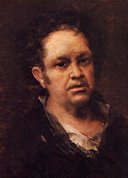 造的雕像和獎章。普拉多博物館建成于 1819 年 11 月 19 日, 1918 年建築師阿爾博斯對其進行了第一次擴建,在博物館的后面新建了兩座亭樓。之後博物館又經歷過兩次擴建,分別是由建築師穆賈魯薩和楚愛嘉.戈伊迪亞負責。普拉多博物館向遊客展示出大量經典藝術傑作:其中不得不提到西班牙兩位重要的藝術家 , 迪耶戈.委拉斯凱茲和佛朗西斯科.德.戈雅和他們的作品《宮娥圖》和《瑪哈》。
造的雕像和獎章。普拉多博物館建成于 1819 年 11 月 19 日, 1918 年建築師阿爾博斯對其進行了第一次擴建,在博物館的后面新建了兩座亭樓。之後博物館又經歷過兩次擴建,分別是由建築師穆賈魯薩和楚愛嘉.戈伊迪亞負責。普拉多博物館向遊客展示出大量經典藝術傑作:其中不得不提到西班牙兩位重要的藝術家 , 迪耶戈.委拉斯凱茲和佛朗西斯科.德.戈雅和他們的作品《宮娥圖》和《瑪哈》。



